The phenomenon of continued growth in building a streaming app for every domain continues to go on – Yoga is no stranger to this! So, if you are yoga instructor or fitness video creator, developing your own streaming yoga app would really bring your business up the notch!.
But how to find the perfect Yoga app builder, and how to build streaming yoga app. Which is exactly the reason you are here! Let’s get started…
Create and Launch Your Own Yoga App With Muvi One! Why Must You Launch Your Own Yoga App?
Increased Accessibility and Convenience
Developing your yoga app help your service reach worldwide audience. This allows the users to perform yoga classes anywhere at any time. A streaming mobile application will, therefore, make it easy for the user to follow on-demand classes at their convenient time without necessarily visiting a physical studio. This means yoga is made more accessible and easy for beginners, busy professionals, or someone residing in a remote area.
Enhanced User Engagement and Feedback
With your own streaming yoga app, you would be interacting more with your users. Features such as live classes, yoga plans according to the user’s requirement, reminders, and notifications can make practice a consistent habit for these users.
Interactive feedback loops such as rating and reviews are also given through apps. This helps improve content and gives a sense of community about yourself as an instructor.
Revenue Growth, Diversification, and Scalability
Yoga apps offer the possibility of income streams that can be in the form of subscription-based models, proprietary content inside the app via in-app purchases, or premium live classes. The app allows your business to scale easily without getting involved with a physical yoga studio.
It helps in reaching a wider audience. In addition to hiking up your earning prospects, you can also provide other services like meditation guides, nutrition plans, or merchandise.
Brand Value
Having your own yoga app gives you increased online visibility and credibility. It symbolizes a commitment to innovation that develops loyalty among customers who get to know you very well through this personalized experience. This could be an expansion of your yoga philosophy, which defines you differently from other competitors.
Analytics and Insights
Streaming apps provide you with essential information regarding the behavior and preferences of your users along with metrics of their engagement. Such details help you to tailor your service towards the needs of your users, optimize your marketing strategy, and enhance your content offering. Real-time analytics can continue further improvement on your app and business approach to ensure long-term growth and satisfaction by your customers.
Features To Look For In a Streaming Yoga App Builder?
No-Code App Builder:
No-code platform like Muvi One helps you create a fully functional yoga app without any programming skills. If you are a non-technical user, no-code setup makes it easy to build the app faster and more accessible.
Drag and Drop Builder:
Easy to use a drag-and-drop interface to adjust the look of the app. You can drag there menu items, video players, user profiles in for a nice arrangement. That speeds up app creation so you can spend more time focusing on creativity and functionality without needing to worry about other technical details.
Built-in CDN:
A built-in CDN ensures that your yoga videos are globally delivered to your viewers seamlessly. CDNs reduce latency by distributing content across multiple servers worldwide. This improves streaming speed and reduces buffering, no matter where your users are located.
Customization:
Make your yoga app customized to your brand. Look for opportunities to customize the themes, color scheme, layout, fonts, and other UI components so that the app reflects your vision and branding guidelines.
Multiple Monetization Models:
Various monetization models help you generate revenue in the way that best fits your business. Among the most common monetization models are subscription, pay-per-view, in-app purchases, and ad supported. Hence, the app builder should allow easy integration with payment gateways to support these monetization options.
4k Video Quality:
High-resolution 4K video quality is very important in offering an immersive engaging experience to yoga. Even in your live classes or pre-recorded sessions, 4K resolution will give you sharp clear visuals that improve the user’s experience, especially when focusing on detailed yoga instructions and poses.
Automatic Encoding and Transcoding:
Auto encoding and transcoding help optimize your video content for support on different devices and various internet speeds. Automatic encoding compresses video files to improve streamability, and transcoding makes available your videos in multiple resolutions in order to be compatible with any device.
Built-in DRM:
DRM protects the content that you have with you from unauthorized access and piracy. A built-in DRM feature secures your videos so only those people who have actually paid or been authorized to see your classes can view them, hence very important when dealing with intellectual property and monetized content.
Analytics:
Full analytics insights are made available to you, such as what people have been doing in your application or what content has been good and what hasn’t. Through built-in analytics tools, you’re able to track key metrics, including views, retention rates, user demographics, and revenue. This delivers the information that you need in order to take informed decisions on improving user engagement and optimizing your content strategy.
Steps To Launch Your Own Yoga App
Identify Your Target Audience
Understanding who will use your app is essential for its success. Think about who your ideal users are—beginners, intermediate, or advanced yogis? Are they primarily looking for mental health benefits, fitness goals, or both?
You can refine your audience by demographics such as age, gender, location, and even preferences like yoga style Hatha, Vinyasa, Ashtanga, etc. Knowing your target audience helps in tailoring your content, design, and marketing strategies.
Analyze Your Competition
Study existing yoga apps like Glo, Alo Moves, and Down Dog to identify what features they offer, their user experience, and how they monetize their platforms. Understand what works well and what gaps you can fill. Competitor analysis helps you identify opportunities for differentiation, whether in terms of unique content, pricing, or user experience. By learning from their strengths and weaknesses, you can position your app more effectively.
Set Goals
Before diving into development, establish clear goals. These can be short-term and long-term objectives for your app. Such as:
✅Gaining a specific number of downloads within the first quarter
✅Generating a certain amount of revenue by the end of the first year
✅Providing high-quality customer support with a fast response time
✅Goals help guide decision-making, ensuring you remain focused on delivering value and driving growth.
List Out Yoga App Features
Define the core features your app should offer. Some features are:
✅Video streaming: On-demand and live classes
✅Personalized plans: Users can select classes based on experience level and fitness goals
✅Progress tracking: To track user engagement and progress
✅Notifications: Reminders to take classes, practice yoga daily, etc.
✅Community forums: A place for users to interact, ask questions, and share experiences
✅Offline access: Ability to download classes for later use without an internet connection
Choosing the right features will impact user engagement and retention.
Choose A Monetization Model
Decide how you will generate revenue. Some popular monetization models for yoga apps are:
✅Freemium Model: It gives free access to basic features and content, with the option to unlock premium content through in-app purchases or subscriptions.
✅Subscription Model: Users pay a monthly or yearly fee to access all the content on the app.
✅One-time Purchase: Users are charged with a single fee to access the app and all its features.
✅In-app Purchases: Offer downloadable content, exclusive lessons, or other value-added services for additional fees.
Choose a Streaming Platform
Since yoga apps often rely on video content, you need a reliable streaming platform. Decide whether you want to use a third-party platform or develop your own streaming service.
Custom-built platform with Muvi One for more control and security over your content and user data.
If you plan on hosting live sessions, Muvi supports real-time interaction and has minimal latency.
Customize Your Design Template
Your app’s design will significantly influence the user experience. Focus on a user-friendly interface, intuitive navigation, and a clean layout. Consider the following aspects while designing your app:
✅Brand colors, fonts, and logos that create a cohesive identity.
✅Simple onboarding process to get users started quickly.
✅Minimalist design that allows users to focus on the yoga content without distractions.
Ensure your design is optimized for both mobile and tablet use, providing a seamless experience across all devices.
Upload Content
Your content will make or break your yoga app. Ensure that the videos are of high quality and cover a wide range of yoga styles, difficulty levels, and durations. Diversify your content to include:
✅Guided yoga practices for beginners to advanced
✅Meditations and breathwork
✅Challenges and programs
✅Short classes like 15 to 20 minutes and longer sessions like 1 hour or more
To keep users engaged, regularly update your content with fresh classes and programs.
Test and Publish
Before launching your yoga app, thoroughly test it to ensure it’s free of bugs, glitches, or usability issues. Run tests on different devices and platforms (iOS, Android, tablet, etc.). Consider both functional and user-experience testing:
✅Functional testing to ensure features like video streaming, payments, and notifications work smoothly.
✅User experience testing to identify areas where users might get confused or frustrated.
Once you are done with the testing phase, upload your app to the app stores. Most important, such as the Apple App Store and Google Play Store. Make sure that you comply with all the guidelines along with optimizations in the description of your app, so there will be maximum visibility.
Marketing Your Yoga App
Now that your yoga app is live, it’s time to promote it. Utilize social media, paid ads, email marketing, and collaborations with yoga influencers to raise awareness. Offering a limited-time free trial or discounted subscriptions can also help attract early adopters.
Conclusion
Muvi One is a no-code and easy-to-use streaming app builder that will help you develop a yoga app seamlessly. From customizable themes and branding to various monetization options, Muvi got everything you need to build your yoga app.
Muvi is designed mainly for coaches, trainers, and wellness companies. It allows you to expand your digital reach without borders. This way, you can better reach your clients through workout videos, one on one with consulting sessions, or even by offering webinar services to reach more clients. There is a subscription option to help you access specific needs for every client, thus helping to grow and bring success to your fitness business.
Start your free trial today!
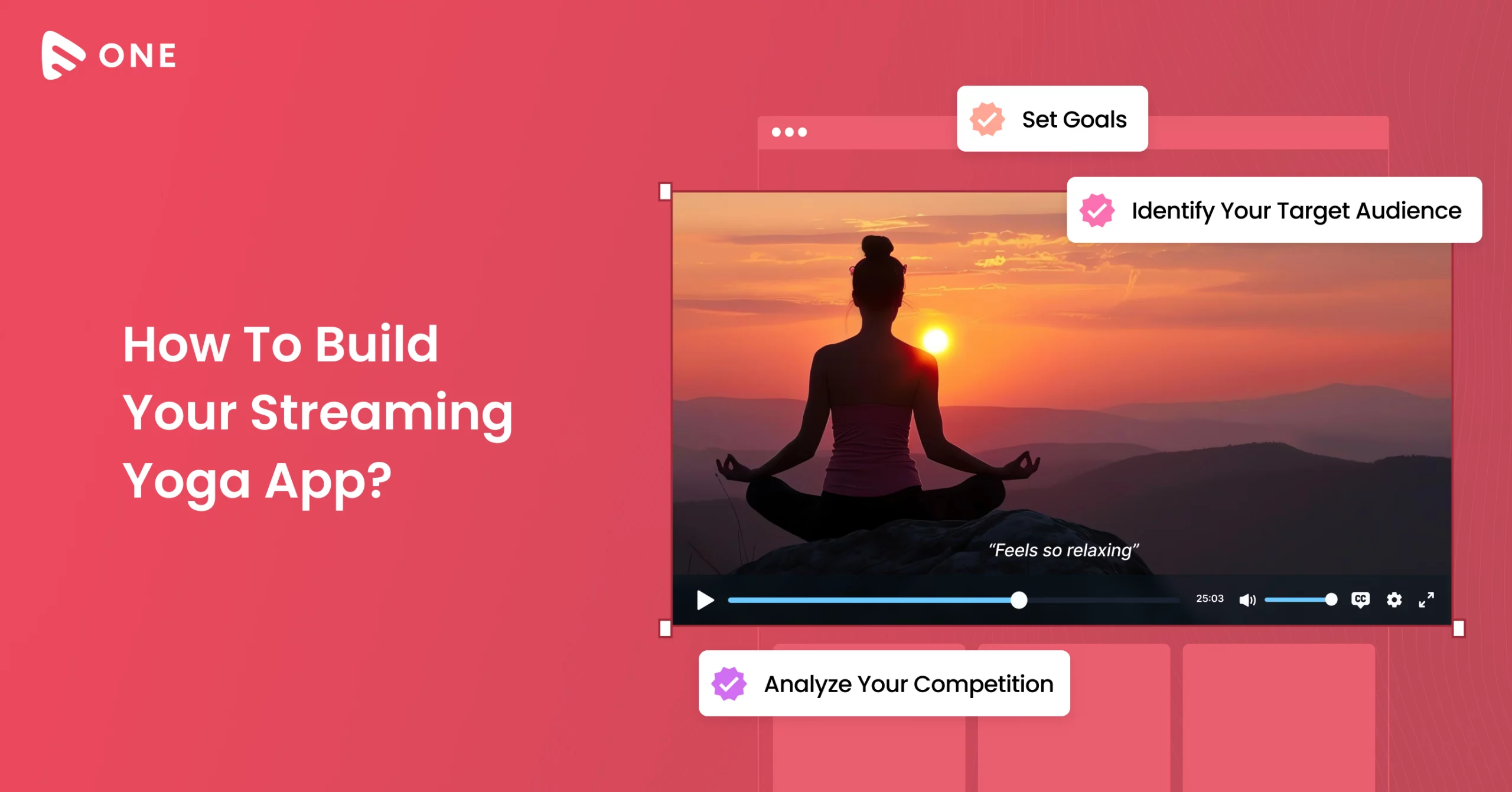


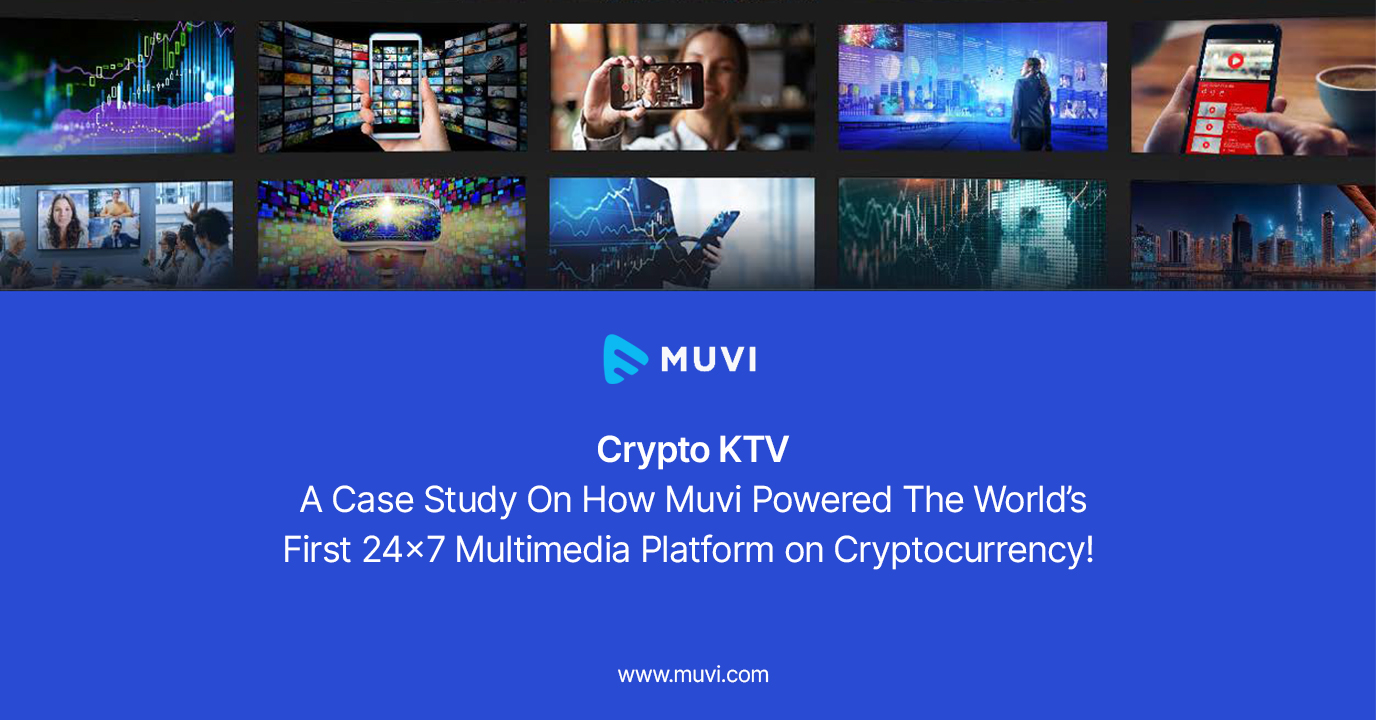
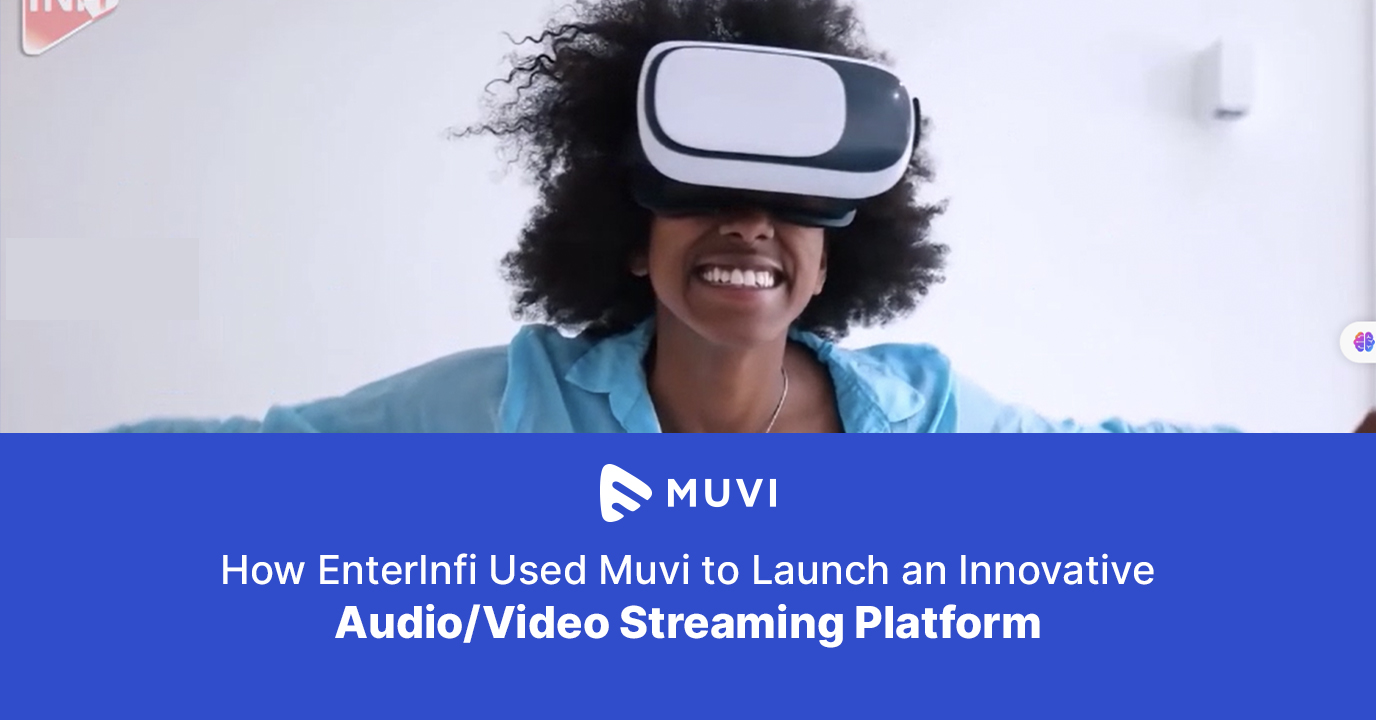
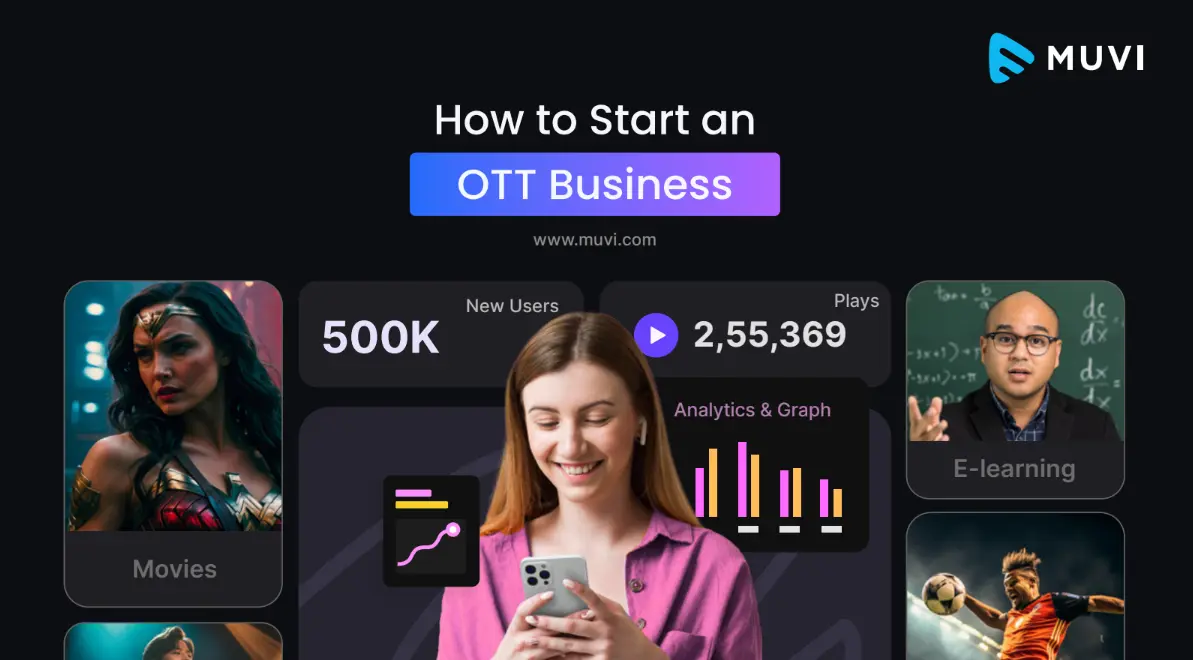
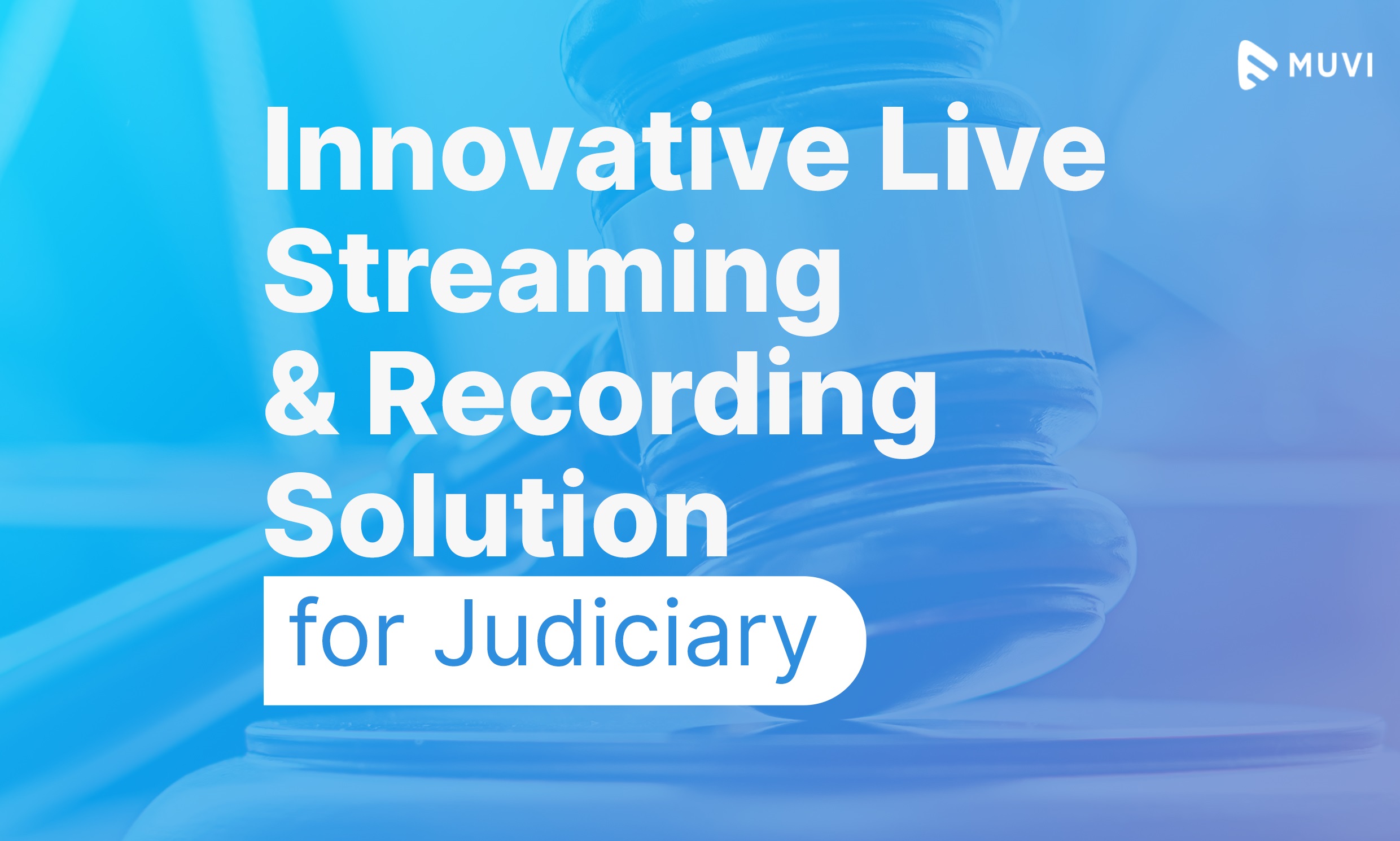
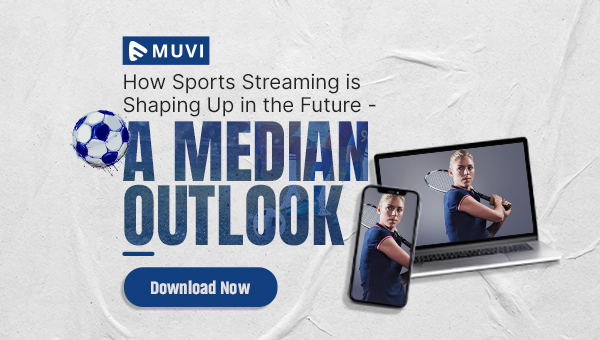
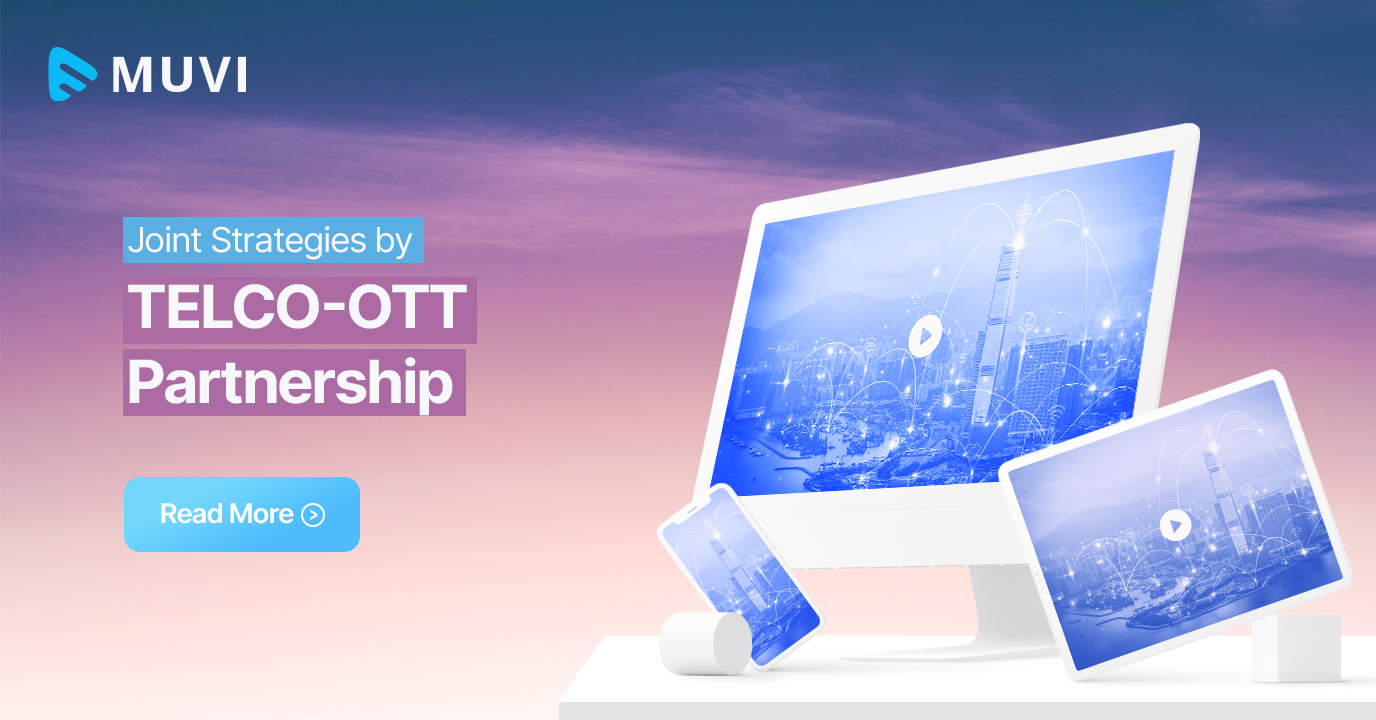
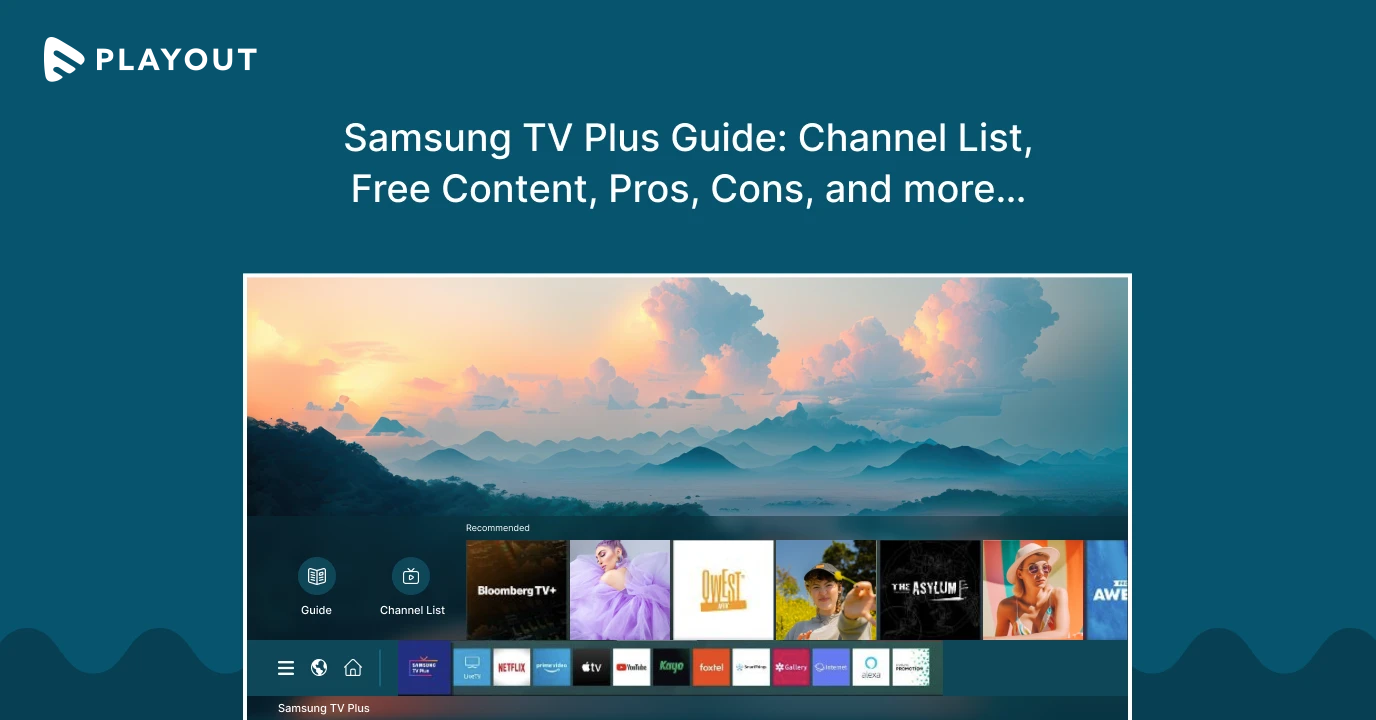
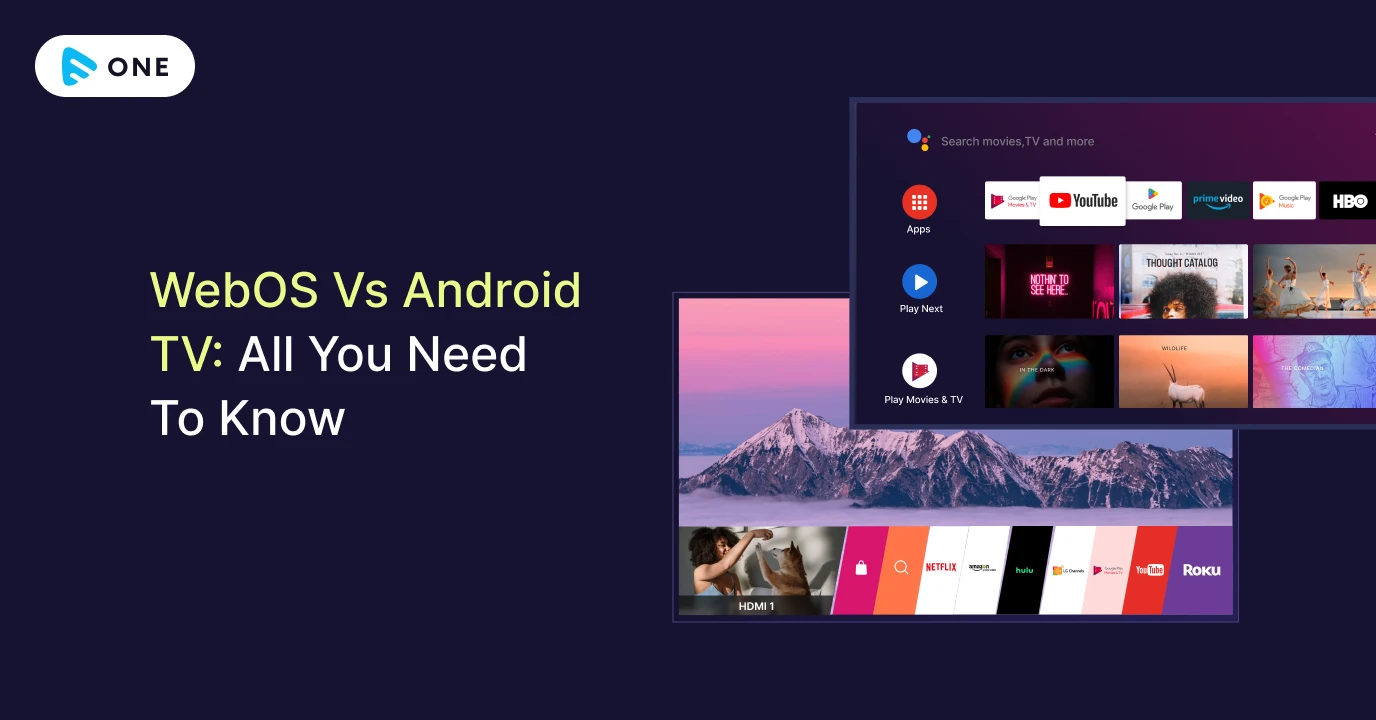




Add your comment